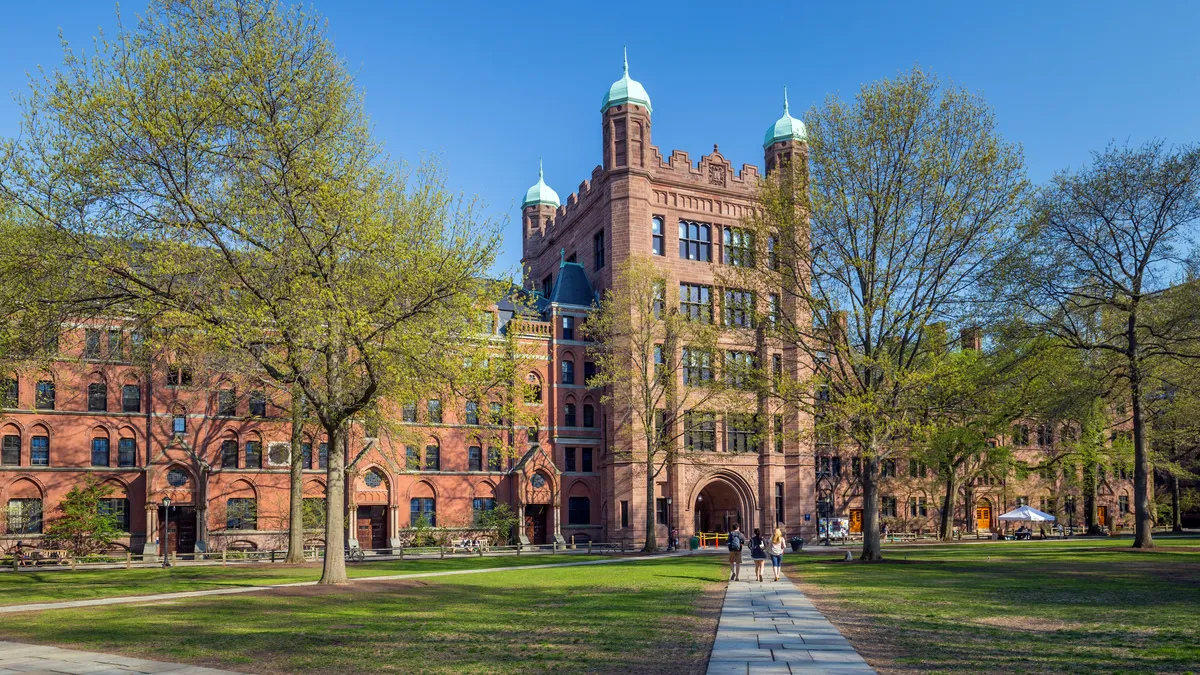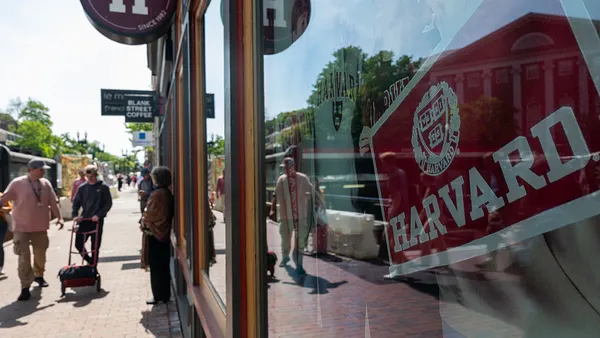Dive Brief:
- A new report by the Institute for Research on Higher Education says that the uncoordinated efforts of California’s three public higher education systems are contributing to sub-par student access, affordability, and completion.
- Among other problems, the three state school systems — the University of California, California State University, and California Community Colleges — work separately on setting tuition and fees, planning survival strategies, providing access to student records, and helping students transfer from high school or other colleges.
- Considering that 59% of California's population consists of people of color, the higher ed problems in the state are felt most severely by minority students, according to the Huffington Post.
Dive Insight:
One sign of the higher ed problem in California: Median family income dropped 8% from 2000 to 2011, yet tuition has nearly doubled for the University of California and California State University from the 2008-09 school year to 2011-12, and fees more than doubled for two-year colleges between the 2008-09 and 2013-14 school years. Ultimately, California needs a higher ed board of governors, like other states have, to streamline communication between the three systems and set statewide goals and strategies for educational attainment.











